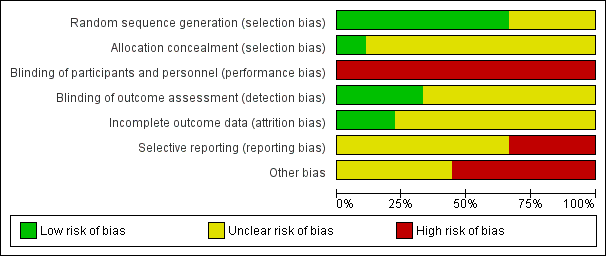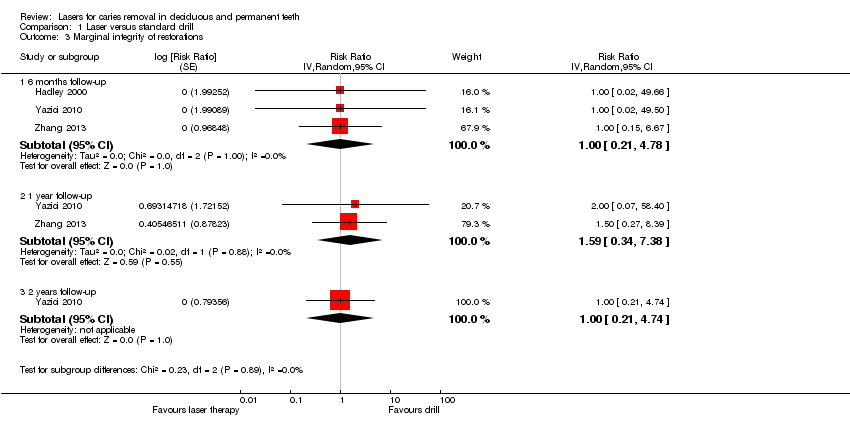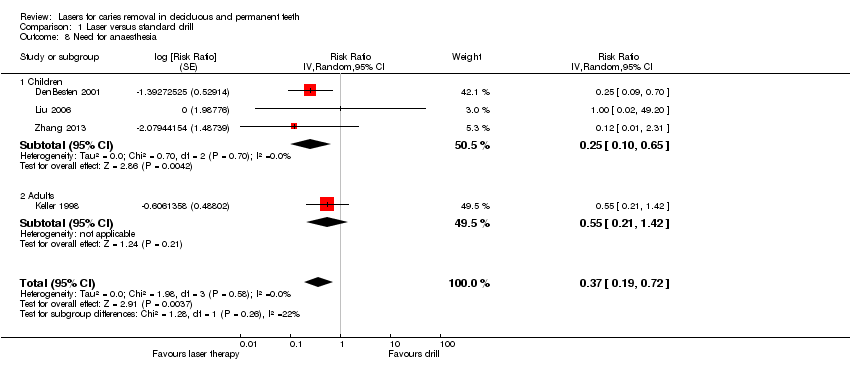Contenido relacionado
Revisiones y protocolos relacionados
Priyadarshini Ramamurthy, Avita Rath, Preena Sidhu, Bennete Fernandes, Sowmya Nettem, Patrick A Fee, Carlos Zaror, Tanya Walsh | 11 febrero 2022
Mojtaba Dorri, Stephen M Dunne, Tanya Walsh, Falk Schwendicke | 5 noviembre 2015
Valeria CC Marinho, Helen V Worthington, Tanya Walsh, Jan E Clarkson | 11 julio 2013
Nicola PT Innes, David Ricketts, Lee Yee Chong, Alexander J Keightley, Thomas Lamont, Ruth M Santamaria | 31 diciembre 2015
Wafa Kashbour, Puneet Gupta, Helen V Worthington, Dwayne Boyers | 4 noviembre 2020
Anneli Ahovuo‐Saloranta, Helena Forss, Tanya Walsh, Anne Nordblad, Marjukka Mäkelä, Helen V Worthington | 31 julio 2017
Rena Takahashi, Erika Ota, Keika Hoshi, Toru Naito, Yoshihiro Toyoshima, Hidemichi Yuasa, Rintaro Mori, Eishu Nango | 23 octubre 2017
Patrick A Feea, Philip Rileya, Helen V Worthington, Janet E Clarkson, Dwayne Boyers, Paul V Beirne | 14 octubre 2020
Veerasamy Yengopal, Soraya Yasin Harnekar, Naren Patel, Nandi Siegfried | 17 octubre 2016
Valeria CC Marinho, Lee-Yee Chong, Helen V Worthington, Tanya Walsh | 29 julio 2016
Respuestas clínicas Cochrane
Jane Burch, Dorota T. Kopycka‐Kedzierawski | 19 mayo 2017

















